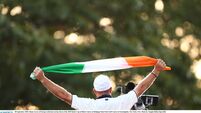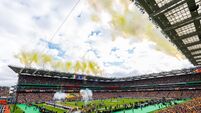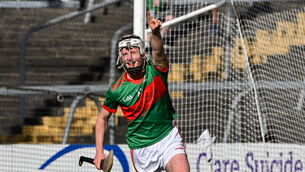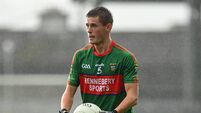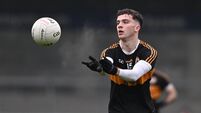Éamonn Fitzmaurice: Plenty of the old Mayo remains, but McStay is up and running

WELL MATCHED: Bob Tuohy of Mayo in action against Neil Mulcahy of Galway during the Allianz Football League Division 1 match between Mayo and Galway at Hastings Insurance MacHale Park. Pic: Piaras Ó Mídheach/Sportsfile
What a way to kick off the 2023 season. A full blooded contest with occasional bouts of championship like intensity under the lights of Castlebar in front of nearly 15,000 souls on the last Saturday of January. The keen local rivalry was obvious and Mayo will be the happier team to have snatched the draw with the last kick of the game.
For me, Galway were the better team on the night, but Mayo were fitter and finished stronger. Galway are further down the road in their development both on and off the field. The return of Peter Cooke is huge for them as Pádraic Joyce is keen to strengthen his squad. The Maigh Cuillin man had a big impact when introduced for the injured Rob Finnerty.



